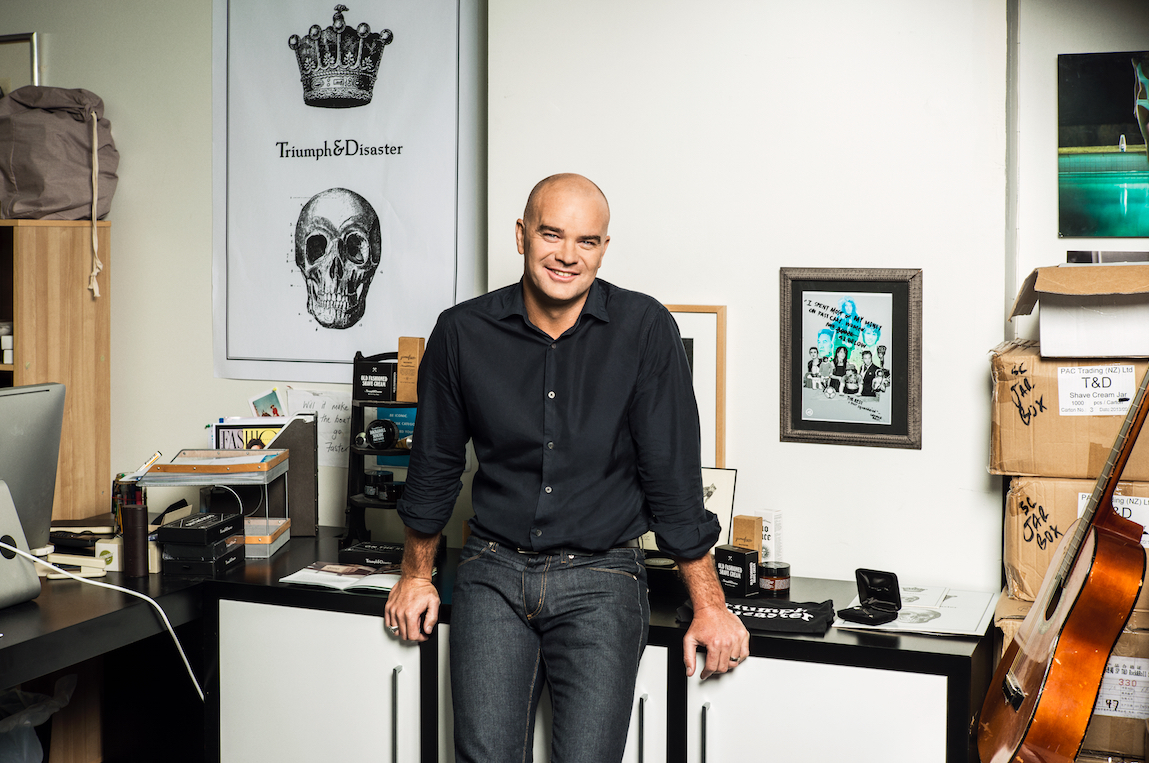
Triumph & Disaster Is On The Road To Triumph In The U.S. After (Not Quite) Disaster
During Dion Nash’s almost decade-long career as a professional cricket player, he kept a secret from his teammates. Nash liked to moisturize.
“When I was in my mid-20s and on the New Zealand cricket team, one of the senior members caught me putting on a moisturizer. He asked me what I was doing, and I told him I was putting on sunscreen. He was confused. He said, ‘Why are you putting on sunscreen at 5 o’clock? We’re not going back on the field.’ I responded, ‘You can never be too cautious,’” he recounts. “I recall thinking, ‘That was close. I almost got caught using a moisturizer.’”
Today, Nash no longer hides his skincare habit. He’s proud to hydrate as well as scrub, tone and cleanse. It helps that he leads Triumph & Disaster, a brand pairing his penchant for personal maintenance with unfussy packaging that even the manliest of men can feel comfortable displaying.
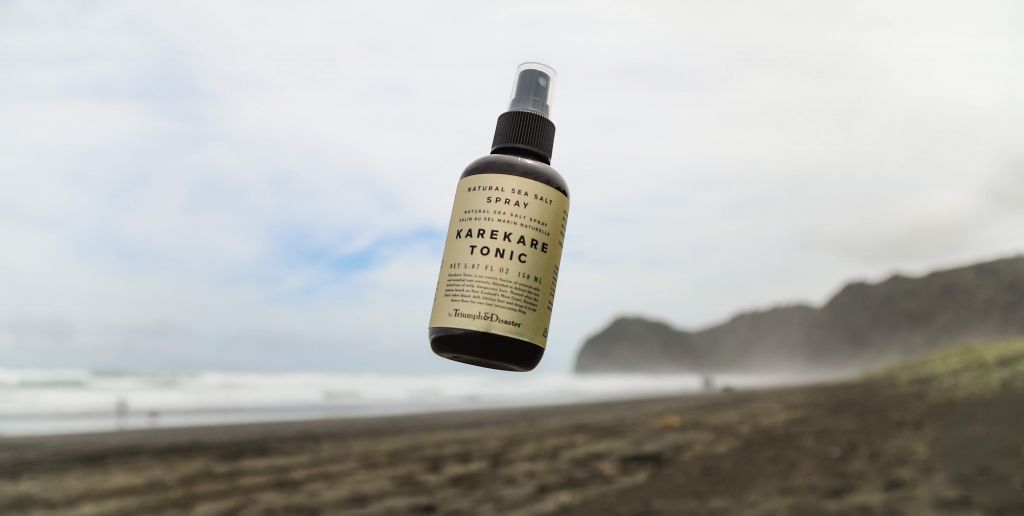
“One of the standout thoughts I had after nearly getting caught was that I needed to make something that, when it fell out of my gym bag, I wasn’t embarrassed by. I wanted it to be cool,” says Nash. “There were no products that appealed to my sensibilities that also performed for my skin. I was using virtually all women’s products. The men’s products I would try were so bad, and I couldn’t get my head around why they were worse versions of women’s products.”
In 2011, Triumph & Disaster launched with five skincare and grooming products made for men, but good enough for women. In January 2012, the brand notched its first retail break when designer Karen Walker deemed it worthy of a presence at The Department Store in Auckland, where Triumph & Disaster is headquartered. Buoyed by the win, Nash traveled to the U.S. later that year to exhibit at Cosmoprof North America. Triumph & Disaster secured wholesale accounts, notably Apothia, yet fizzled out in the market in roughly six months.
“It’s one thing to get an account, and it’s another thing to support it,” says Nash. “You learn lessons right away. I learned that, if I was going to have those accounts, I needed someone who works in their time zone.” About 12 months ago, Triumph & Disaster hired Yvonne Lederer as U.S. managing director to spearhead its distribution push stateside. Nash says, “Prior to Yvonne, we had an agent, and it definitely gave us a voice, but it wasn’t focused.”
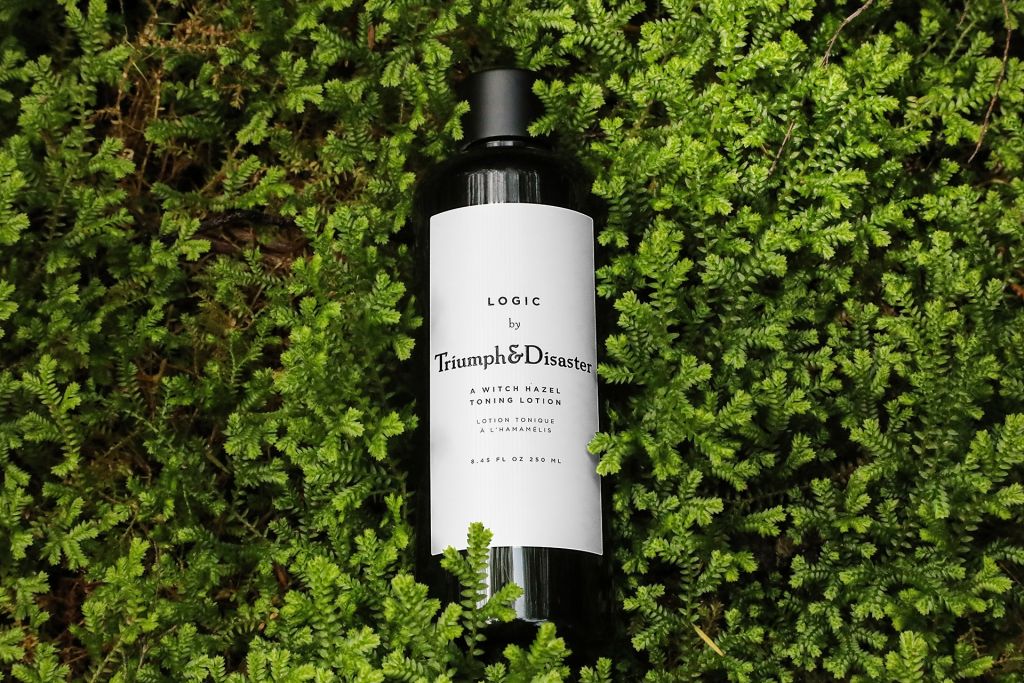
Triumph & Disaster’s rejiggered U.S. strategy is paying off. The brand has entered Ulta Beauty and Nordstrom. Around the world, it’s found in more than 600 hotels, spas, salons, barbershops and stores such as Ricky’s NYC, Harvey Nichols, Selfridges, Smith + Caugheys and Maxfield. The brand’s sales are climbing yearly at an average rate of 30%. In the next two to three years, Nash’s goal is for it to register $10 million in annual revenues.
In a twist unforeseen when Nash started the brand, a sizable chunk of Triumph & Disaster’s present growth is due to the unisex phenomenon sweeping the beauty industry. He estimates 55% of Triumph & Disaster sales are to women, and a quarter of its sales are to women buying products for themselves. Burgeoning interest on the part of women in the brand is to a degree attributable to female Asian influencers heaping praise on Ritual Face Cleanser, its bestseller that’s formulated to be gentle for everyday washing. Gameface Moisturiser is similarly a bestseller.
Across its current product portfolio, Triumph & Disaster, which is named for a line in the Rudyard Kipling poem “If,” has 23 stockkeeping units and 16 products priced primarily from $26 to $79. Two years ago, the brand expanded into hair care upon sensing scalp treatments that weren’t loaded with synthetic chemicals could make inroads into barbershops. It has unisex offerings in the pipeline. Triumph & Disaster incorporates the native New Zealand ingredients ponga, horopito and kawakawa leaf extract. The brand isn’t 100% natural. Instead, Nash describes it as “derived from nature and engineered with science.”
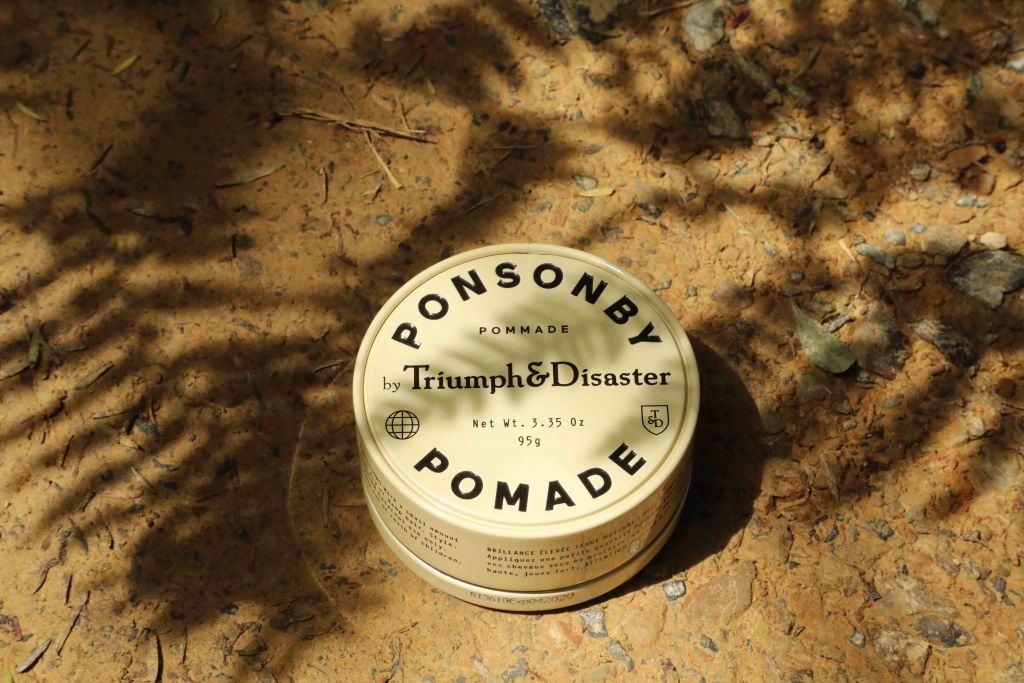
Nash identifies two obstacles to achieving his objectives for Triumph & Disaster going forward: competition and cash flow. There’s competition from larger players with enormous marketing budgets and smaller players vying for the attention of retailers chasing newness. On the issue of cash flow, Nash says, “If a big retailer comes in, and they want 60- or 90-day terms, that means you’ve bought stock six months ago and replenished it twice before you’re paid for it. It’s a burden you can’t understand until you go through it.”
Despite the impediments, Nash believes Triumph & Disaster is well-positioned to make a strong global push. New Zealand and Australia are the brand’s top revenue-producing countries, and account for half of its business. The Asian market is the next highest revenue-producing region. The U.S. is in third place, but it’s surging ahead at the fastest clip.
“We hope we can build America into being a really big force for us,” says Nash. “We have the right store base. We have the right person [on the ground]. We are just looking to expand, and bring people in to support the stores and PR. We don’t have deep pockets or a corporate backer. We are growing organically through our own sales. That makes it tough, but it makes it real. We are slowly gaining traction, and we are by no means done. We have a long, long way to go.”
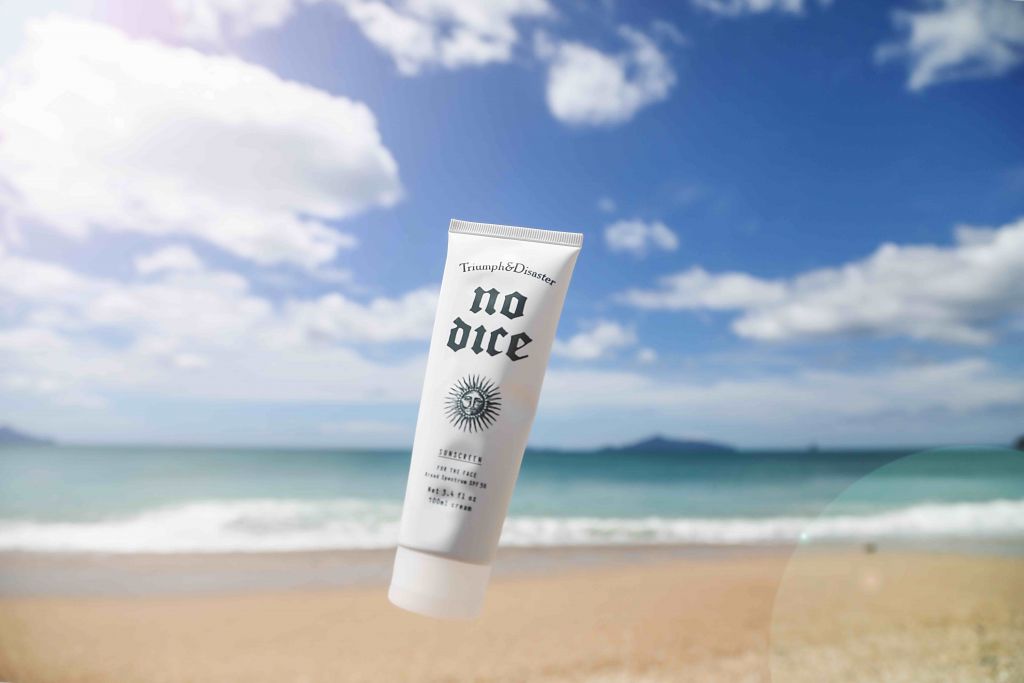


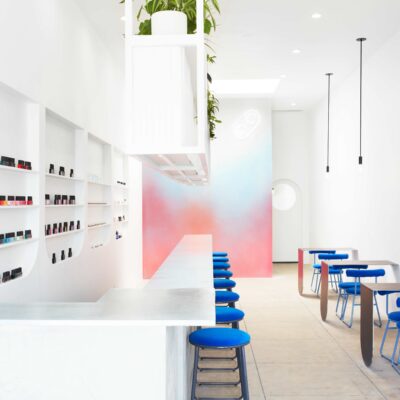
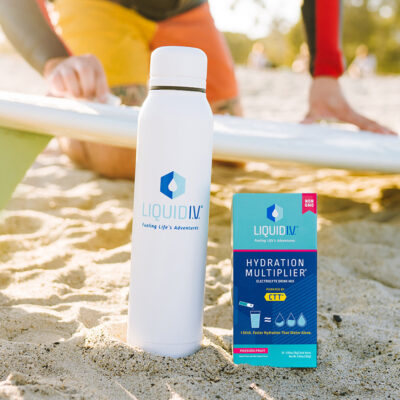

Leave a Reply
You must be logged in to post a comment.